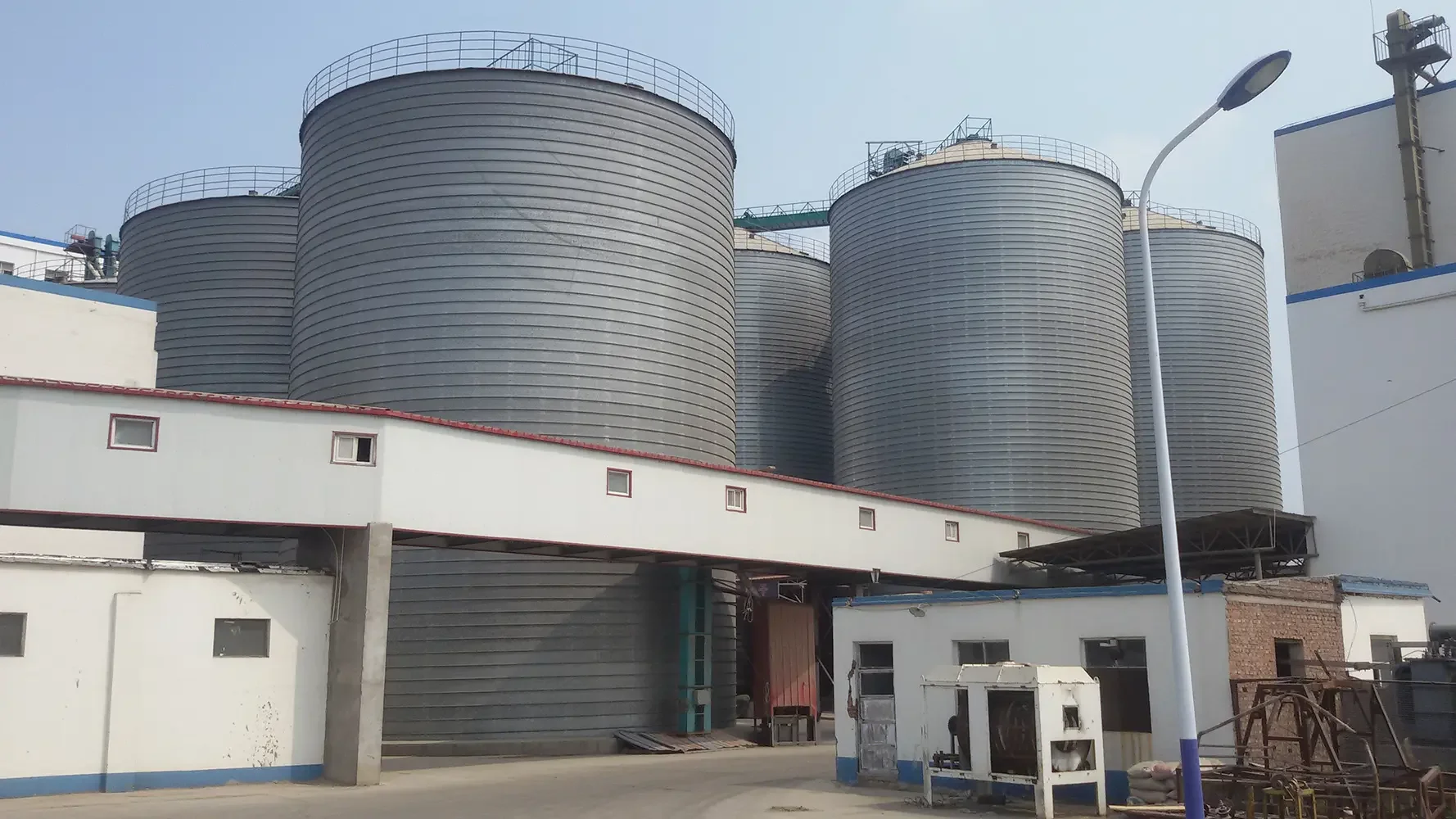In recent years, the environmental impact of packaging materials has become a focal point in discussions about sustainability. As consumers become increasingly aware of their ecological footprint, the choice between paper and plastic bags has sparked a heated debate. While paper bags are often marketed as the eco-friendly alternative to plastic, the question remains: Are paper bags just as bad as plastic? This article delves into the complexities of this issue, examining the environmental, economic, and practical implications of both materials.
The Environmental Impact of Paper Bags
Resource Consumption
The production of paper bags requires significant natural resources. According to the Environmental Paper Network, the paper industry is one of the largest consumers of water and energy. The process of turning trees into paper involves deforestation, which can lead to habitat loss and biodiversity decline. Furthermore, the energy-intensive manufacturing process often relies on fossil fuels, contributing to greenhouse gas emissions.
Decomposition and Landfill Issues
While paper bags are biodegradable, they do not decompose as quickly as one might think. In a landfill environment, where conditions are anaerobic, paper can take years to break down. Moreover, the decomposition process releases methane, a potent greenhouse gas. This raises the question of whether the perceived benefits of paper bags truly outweigh their environmental costs.
The Plastic Dilemma
Longevity and Pollution
Plastic bags, on the other hand, are notorious for their durability. They can take hundreds of years to decompose, leading to significant pollution in oceans and landscapes. The Great Pacific Garbage Patch is a stark reminder of the long-lasting impact of plastic waste. Marine life is particularly vulnerable, as animals often ingest plastic or become entangled in it, leading to injury or death.
Recycling Challenges
While plastic bags are recyclable, the reality is that many recycling facilities do not accept them due to the complications they pose in the recycling process. This often results in plastic bags being discarded improperly, exacerbating the pollution problem. The recycling rate for plastic bags remains low, with estimates suggesting that only 1% of plastic bags are recycled into new products.
A Comparative Analysis
Carbon Footprint
When comparing the carbon footprint of paper and plastic bags, studies indicate that paper bags have a higher carbon footprint during production due to the energy-intensive processes involved. However, when considering their entire lifecycle, including transportation and disposal, the differences become less clear. A study by the Danish Environmental Protection Agency found that paper bags need to be reused at least three times to offset their higher carbon emissions compared to single-use plastic bags.
Reusability and Consumer Behavior
One of the most significant factors in this debate is consumer behavior. Both paper and plastic bags can be reused, but the extent to which consumers actually do so varies. Reusable bags, made from durable materials, present a more sustainable option. Encouraging consumers to adopt reusable bags can significantly reduce the demand for both paper and plastic bags, ultimately benefiting the environment.
The Path Forward: Sustainable Solutions
Innovations in Materials
As the conversation around packaging continues to evolve, innovations in materials are emerging. Biodegradable plastics and compostable bags made from plant-based materials offer promising alternatives. These materials can provide the convenience of plastic while minimizing environmental harm.
Policy and Education
Government policies play a crucial role in shaping consumer behavior and industry practices. Bans on single-use plastic bags and incentives for using reusable bags can drive change. Additionally, educating consumers about the environmental impacts of their choices is essential for fostering a culture of sustainability.
Conclusion: A Nuanced Perspective
In conclusion, the question of whether paper bags are just as bad as plastic is not a straightforward one. Both materials have their environmental drawbacks, and the best choice often depends on specific circumstances, such as usage patterns and disposal methods. Ultimately, the most effective way to reduce environmental impact is to minimize the use of both paper and plastic bags in favor of reusable alternatives. By making informed choices and advocating for sustainable practices, consumers can contribute to a healthier planet.




